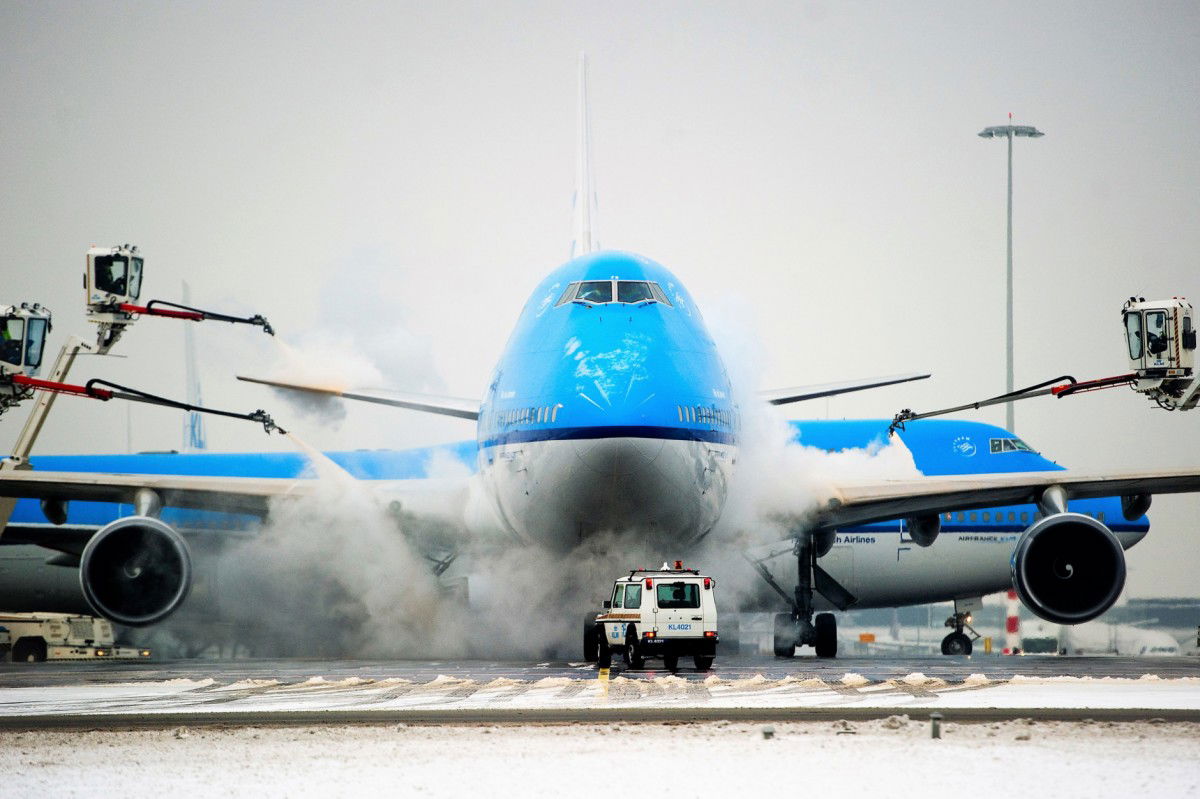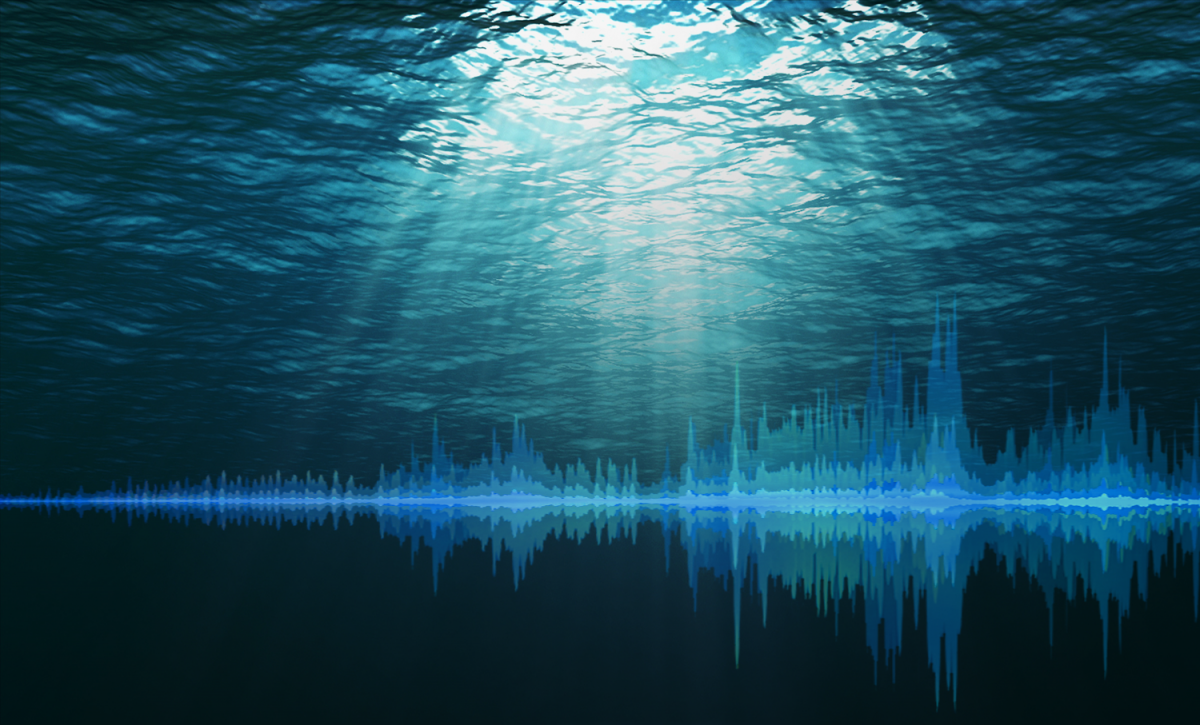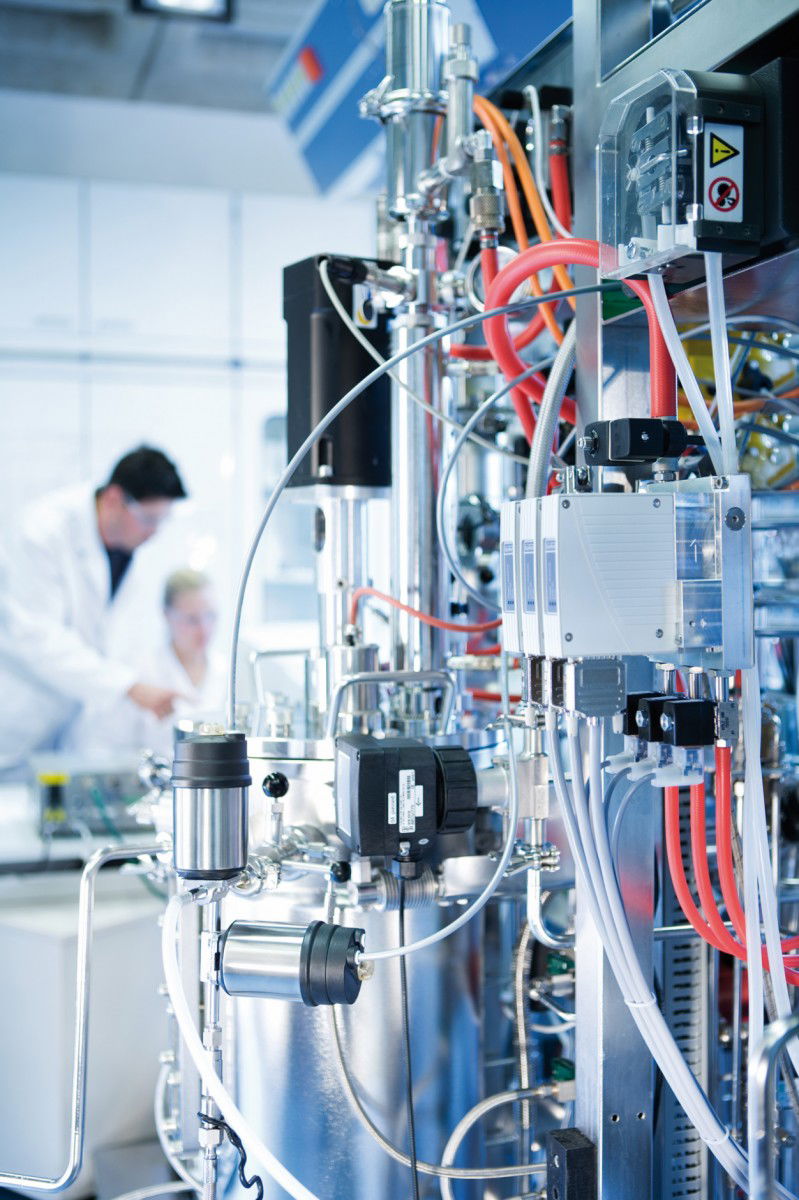Differential Pressure Measurement in Industrial Applications
16. 4月 2024
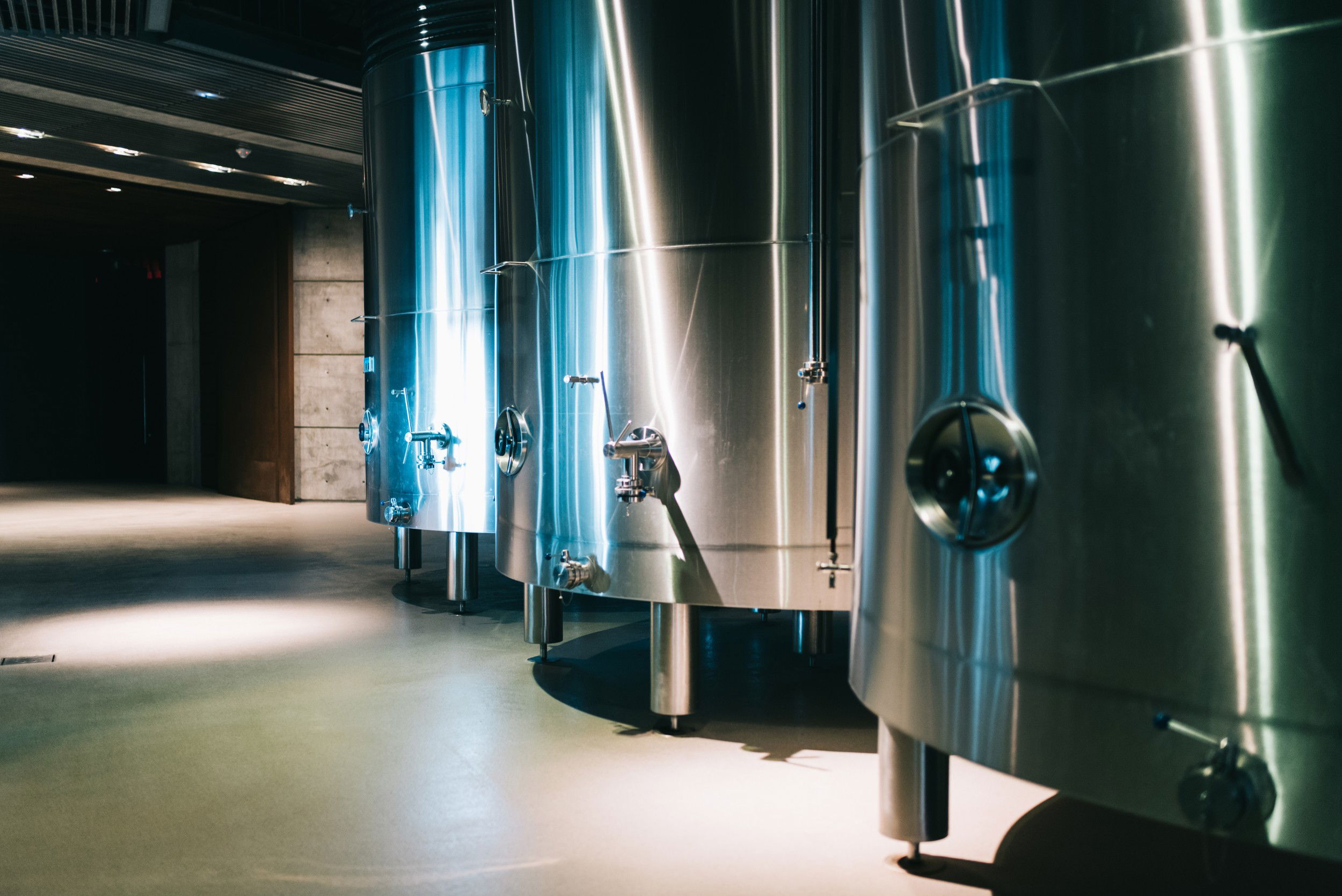
How do differential pressure sensors work and how do they differ from other sensor types? What are the different differential pressure measurement principles and what advantages do they offer? In this blog, we take a closer look at the world of differential pressure measurement and highlight two typical practical applications and their challenges.
It can be said that all KELLER pressure sensors measure differential pressure. However, relative, and absolute pressure sensors have a defined reference point against which a pressure difference is measured. With absolute pressure, this reference point is the absolute vacuum. Relative pressure is measured against atmospheric pressure, also known as air pressure.
In contrast to the pressure types mentioned above, the differential pressure sensor measures the pressure difference between two variable pressure potentials, i.e. without a defined reference point. In practice, this means that the pressure difference can be measured between any two process pressures. Thanks to the additional process connection, differential pressure sensors can easily be distinguished from other pressure sensors.
Further details on the similarities and differences between these three types of pressure measurement are described in detail in the blog «Pressure types and what they mean».
Construction of the differential pressure measuring cell
Piezoresistive differential pressure sensors from KELLER can be constructed in various ways. Features such as «wet» or «wet-wet» only appear in the KELLER product portfolio for differential pressure transmitters and define the media compatibility of the process connections.
The KELLER PD-33X series is designed with a classic «wet-wet» connection, which means the back of the transducer is also filled with oil. The measuring medium is in contact with the metal diaphragm, typically made of stainless steel, on both sides.
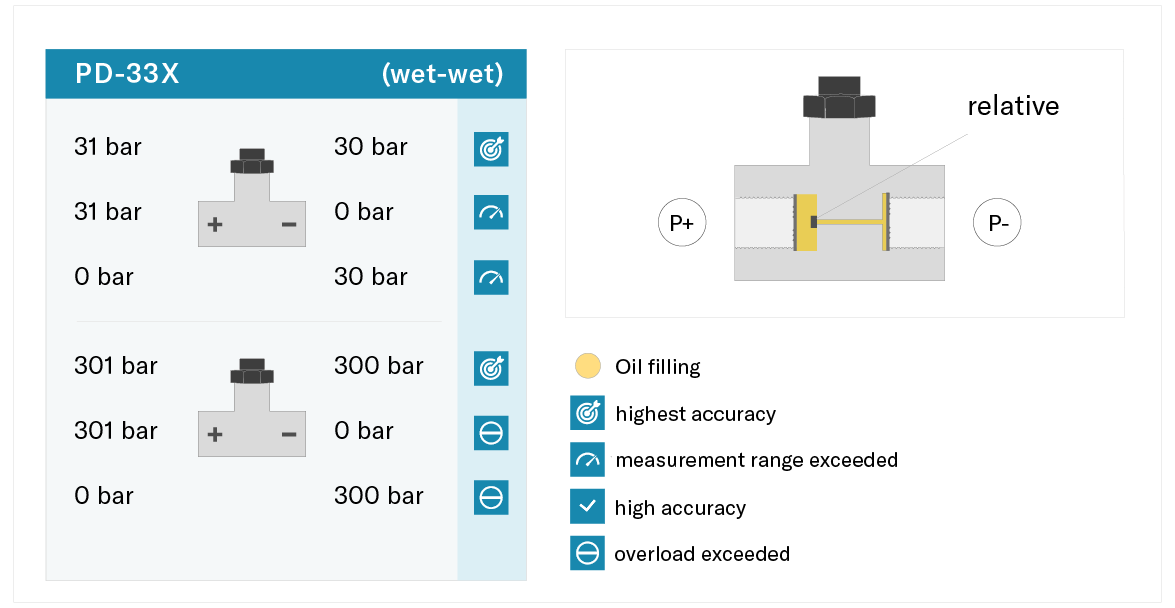
Construction of the series PD-33X
This is not the case with the PRD-33X. The negative connection is connected directly to the back of the pressure chip and the measuring medium must therefore be neither corrosive nor abrasive.
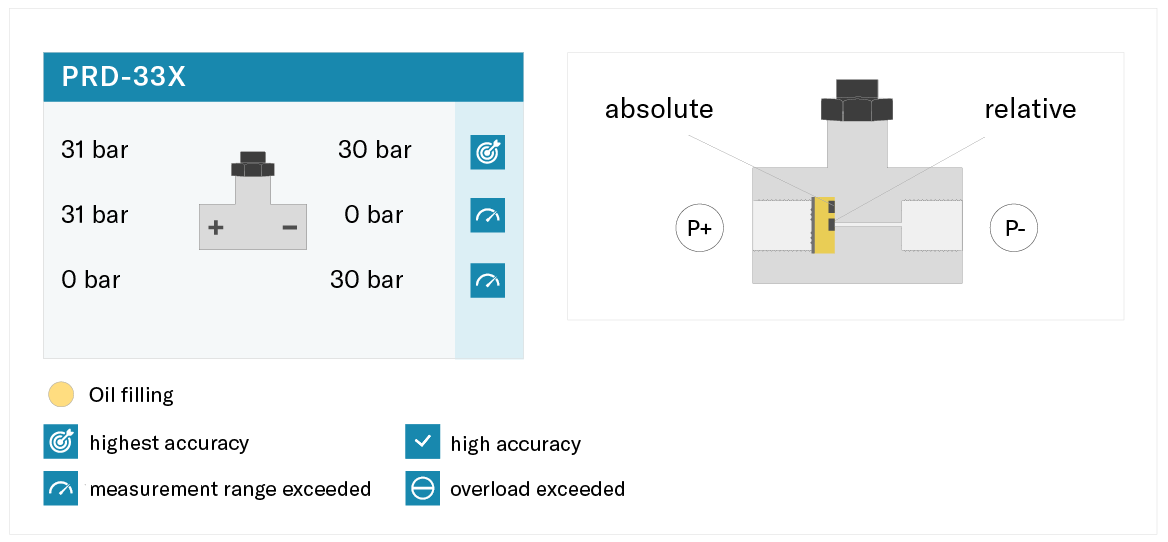
Construction of the series PRD-33X
The advantage of these two designs («wet» and «wet-wet») is the very high resolution of the differential pressure. This can be measured with a chip designed for this pressure range.
Alternatively, the two pressures can be determined using two absolute pressure measuring cells (PD-39X) and the differential pressure calculated in the electronics. This configuration is recommended particularly for high pressures if one-sided pressure application cannot be ruled out.
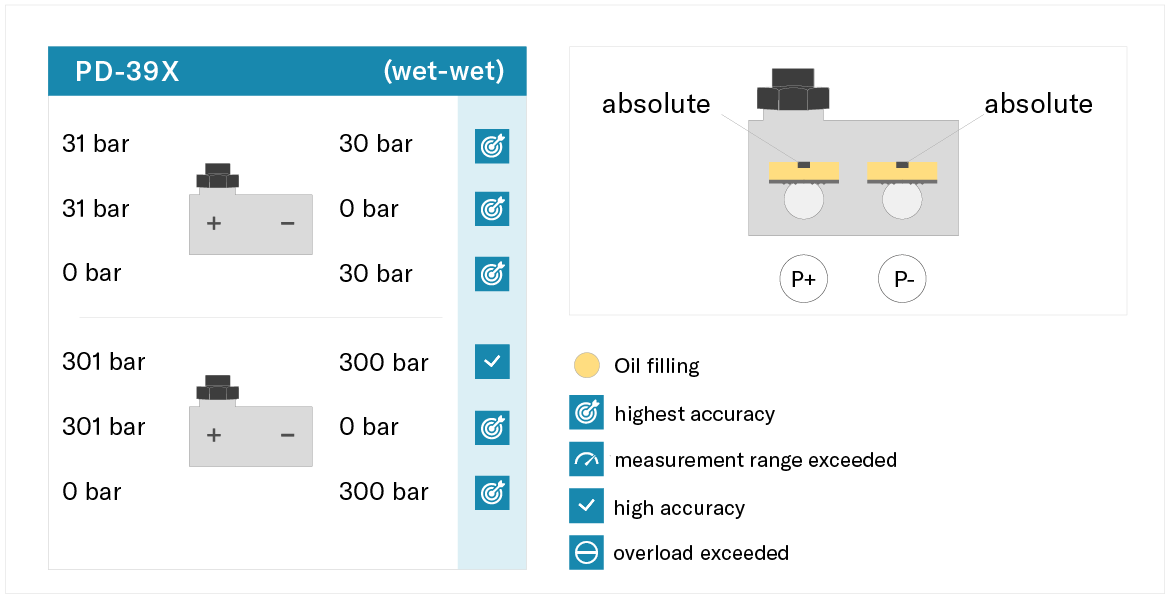
Construction of the series PD-39X
Typical applications with differential pressure sensors
Flow measurement
In addition to temperature, pressure and force, flow measurement is another important measurement variable in industrial measurement technology and is one of the fundamentals of process automation. There are several ways to measure the flow rate. One common method is differential pressure measurement via an orifice plate. To understand the principle of this flow measurement, it is necessary to take a brief detour into the underlying physics.
The Bernoulli equation
The Swiss mathematician and physicist Daniel Bernoulli, together with his brother Johann, established the Bernoulli equation in the 18th century. This states that for incompressible liquids or gases (fluids), the mass of a medium moving through a cross-section over a certain period of time is independent of the diameter of the pipe or line. In simple terms, this means that if the pipe diameter becomes smaller, the flow velocity increases, and if the pipe diameter becomes larger, the flow velocity decreases. The flow rate always remains the same. This phenomenon can also be observed in the morning shower. Depending on the setting of the shower head, the water may feel more piercing or like a pleasant light summer rain. This effect is created by a different number of open nozzles through which the same amount of water is distributed.
The use of an orifice plate, which is nothing more than an artificial constriction, creates a pressure difference both up- and downstream of the orifice plate. Using a mathematical formula, the volume flow can be calculated based on this pressure difference.
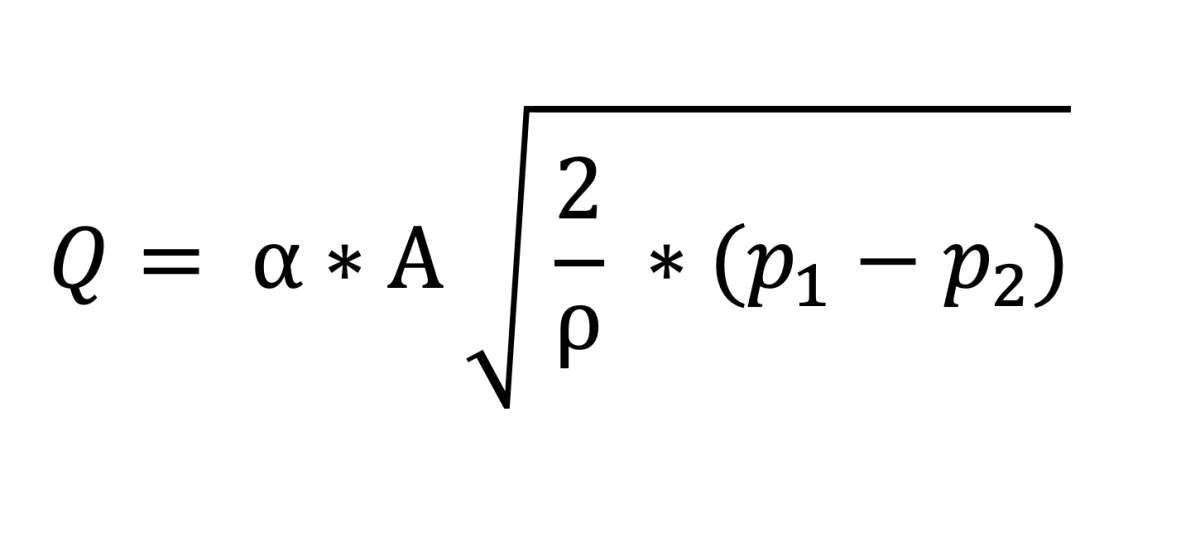
Q: Volume flow [m3/s]
α: Flow coefficient
A: Flow cross-section of the orifice plate [m2]
ρ: Density of the fluid in [kg/m3]
Δp = p1 – p2: Pressure difference in [bar]
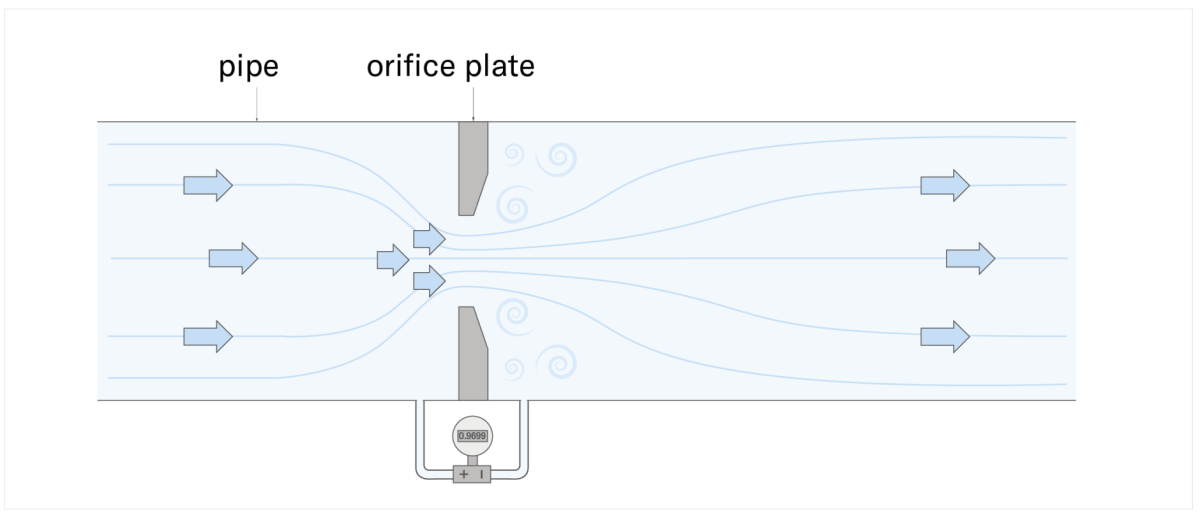
Orifice Plate
Level measurement in liquid gas tanks
Differential pressure sensors are also used for level measurement in liquefied gas tanks. Gases such as oxygen, nitrogen, hydrogen, carbon dioxide, argon and the methane contained in natural gas are liquefied for transport and storage. This allows the volume to be reduced by a factor of six hundred. The volume of one liter of methane gas can be reduced to 1.6 cm3 in its liquid state. To maintain the liquid aggregate state of methane, a constant temperature of below -162 °C is required. This would require the cryogenic tank to be perfectly insulated. However, this is not feasible, so the principle of evaporative cooling is also used. A small amount of liquefied gas is vaporised from time to time. The temperature thus remains constant. The free space fills with gas thus preventing conventional level measurement, because the tank system is hermetically sealed. Due to this additional pressure acting on the liquefied methane, a differential pressure sensor is required to determine the level.
At a temperature of -162 °C, the oil used in the pressure transducers will not remain in a liquid state, therefore the transmitter is mounted slightly offset so the gas being measured reaches a temperature compatible with the transmitter.
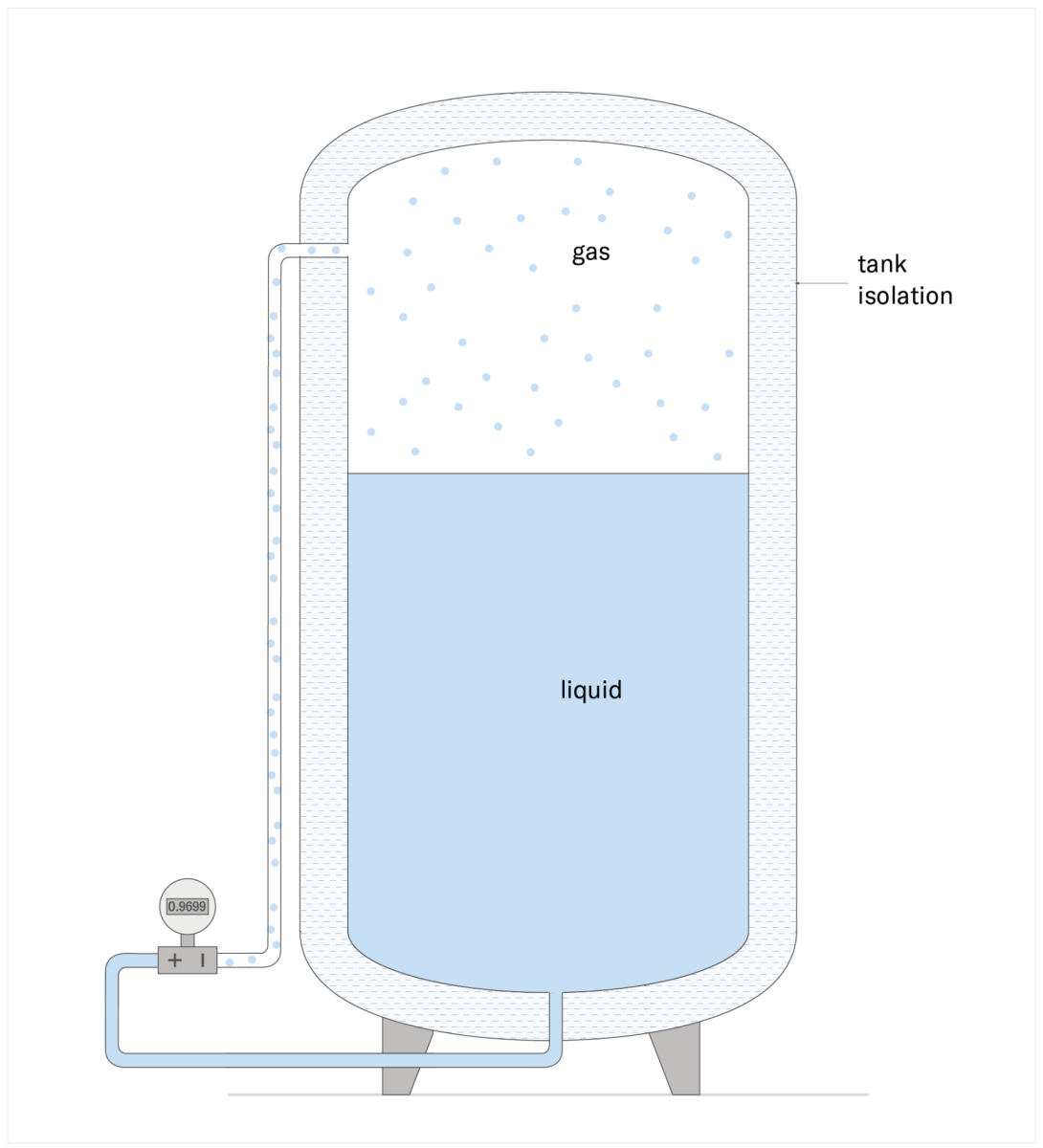
Kryotank
Pressure peaks, thermal and temporal influences in the special instance of the ISS
Thanks to outstanding performance and product quality, KELLER differential pressure sensors are also in use on the International Space Station ISS. There were a few important points to consider in advance to ensure precise measurement over the long term.
The terms water hammer or pressure peaks are familiar in pressure measurement technology, also known as pressure or Joukowsky surges. These are caused by the sudden opening or closing of valves and can rarely be completely ruled out. Such pressure surges are usually reduced by the elasticity of the pressure line. To ensure that the pressure sensor is not a weak point, sufficient reserves have to be planned for overload resistance.
A rapid change in the state of aggregation of liquefied gases back into a gaseous state sometimes causes ice to form on valves and pipes. These temperature changes can lead to a minimal but measurable temperature hysteresis. If the differential pressure is measured with two absolute pressure transmitters at different locations, as is necessary when determining the fill level in a cryogenic tank, for example, the sensors may age differently due to the different installation positions and thermal conditions. To minimise this difference, both sensor elements are placed as close to each other as possible. As a result, both silicon chips are exposed to the same thermal influences and exhibit as similar a behaviour as possible.
Piezoresistive sensors also exhibit a long-term drift over time, even if this is almost negligible compared to other pressure measurement technologies. In order to eliminate this minimal inaccuracy, the system is periodically brought to a depressurised state in order to perform a zero point correction. This ensures the very high precision of KELLER differential pressure transmitters over the long term.
Find out how KELLER differential pressure sensors can also be used in our application reports.

